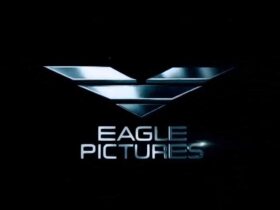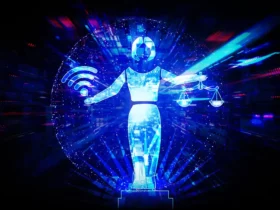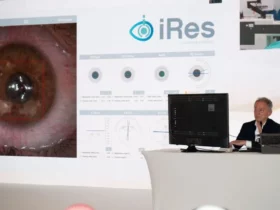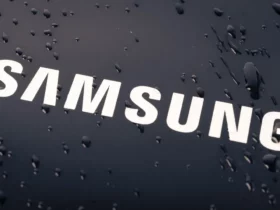Google and the search engine most famous and used in the world, the favorite of 92% of users, and is part of a constantly evolving world: the internet. For this, Google also needs to evolve to adapt over time and decided to redefine the whole idea of research, to make it more natural and intuitive.
Google wants to revolutionize its search engine
For more than twenty years, Google has been the search engine par excellence, making information accessible and useful for all users. He first introduced the text searchthen that for images and that through your own voice, evolving its functionality. But, to keep up with the changes of the internet, Google has now decided to make its search even more natural and intuitive.
Thanks to artificial intelligence, in fact, the giant is able to transform its product, to create research experiences that “work like our minds and that are multidimensional like people”, as the company claims.
Photo credits: Google.
“Let’s imagine a world where you will be able to find exactly what you are looking for by combining images, sounds, text and voice, just like people do in everyday life,” reads the press release of Google. “You can ask questions with fewer words, or even none at all, and we will continue to understand exactly what you mean. You can also explore and organize the information so that it makes sense to you. “
The progress made by Google: the multiple search
To give an idea of the future of Google Search, three new advances were presented at the event Search On. The first concerns the visual searchthe one through the camera of your smartphone, which becomes more natural. Lens is a feature introduced in 2017 that allows you to search for what you see via the camera or an image and according to Google is used to answer 8 billion questions every month.
Google is now making visual search even more natural with the multiple searcha whole new way to search using images and text at the same time. The feature was introduced earlier this year as a beta in the US but the novelty is that it will be available in the coming months in more than 70 languages. Furthermore, with “multisearch near me”, you will be able to take a photo of an unknown object, such as a plate or a plant, and find it in a nearby place, such as a restaurant or garden shop. The feature will be available in English in the US this fall.
 Google’s multiple search. Photo credits: Google.
Google’s multiple search. Photo credits: Google.
Translating text via image becomes even smarter
Another novelty concerns the translation of texts simply using your own camera or an image, to break down language barriers. The company said people already use Google to translate image text over 1 billion times a month, so they can instantly read menus, signs, street signs, and more.
But now it will be possible blend the translated text with the background image thanks to a machine learning technology called Generative Adversarial Networks (GAN). If you point the camera at a magazine in another language, for example, the translated text overlaps realistically on the underlying images.
 Photo credits: Google.
Photo credits: Google.
The immersive visualization in Google Maps arrives
The third novelty concerns the immersive map display. “Thanks to advances in computer vision and predictive models, we are completely reimagining the definition of ‘map’.” says Google. “This means that our 2D map will evolve into a multidimensional view of the real world, which will allow you to experience a place as if you were there.”
In fact, as happened with real-time traffic, Google wants to introduce other useful information, such as the weather and the crowding of a place, with the immersive visualization in Google Maps. Thanks to this feature, the user will be able to get an idea of a place before even going there.
An example would be a date with a friend at a restaurant. You can zoom in on the neighborhood and the restaurant to see what it could look like on the date and time you intend to go, visualizing elements such as the weather and the presence of people. Also you can see useful information, such as where is the entrance to the club and what are the nearby car parks.
“Today we are expanding the first iteration of this system with aerial views of 250 landmarks, and in the coming months, immersive visualization will arrive in five major cities, and more are on the way.” reads the press release.
 Photo credits: Google.
Photo credits: Google.
This is just the beginning of the transformation of Google’s products, to redefine the idea of search and go beyond the simple box where you can enter text. The future implies more and more search engines dynamic, interactive ed evolved to keep up with the evolution of the web, and Google seems to be on the right way.















Leave a Reply
View Comments